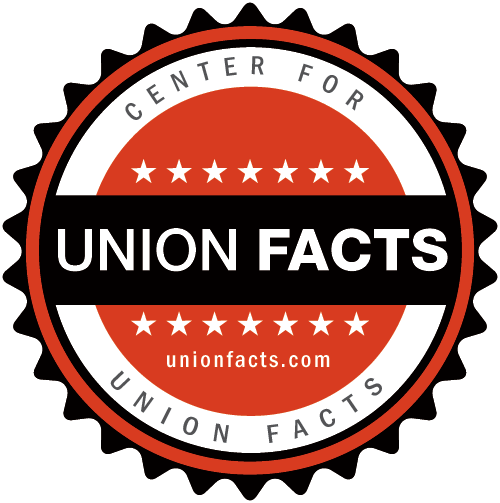Introduction
After the 2006 union-funded campaign that spent an estimated $100 million of members’ dues to successfully recapture Congress for Democrats, the headlines blared: “US unions want election success payback,” “Labor sees opening to reverse declines,” “Labor to push agenda in Congress it helped elect.” Union officials’ top priority? Ending the secret ballot elections process and the associated protections for employees choosing whether to join a union. In March 2007, House Democrats quickly approved the so-called Employee Free Choice Act.
Facing declining membership, union officials turned to the highly questionable practice of organizing new members through a process called “card check.” With card checks, paid union organizers seek to pressure workers to sign cards saying that they support union representation and binding contracts that make them dues-paying members. This persuasion has been documented as frequently including deception, coercion, and harassing visits to workers’ homes.
Current law dictates that an employer can either choose to recognize a union when the employer believes there is significant support from employees or call for an election to make certain that the employees’ true feelings are recognized.
“[T]he card-check procedure almost always results in a union victory because the union controls the entire process.”— Hartford Courant
Why would a business deny its employees the opportunity to conduct an anonymous, government-supervised vote? In those relatively rare instances in which an employer has agreed to card check, the employer itself has often been under union pressure—which includes threats of a negative public relations campaign intended to injure a company’s reputation until the company capitulates.
Most often, when presented with these cards, employers have exercised their judgment to call for a representation election of employees using private ballots. This is because—as even the AFL-CIO has acknowledged—signed cards are not a reliable signal of an individual’s true interest in joining a union. Individuals who may have no desire to join will frequently sign cards under pressure or false promises—or simply to get the organizer to stop harassing them.
And now it seems that the union-controlled National Labor Relations Board is turning a blind eye to harassment including threats involving physical violence unless it can be proved that a union official’s conducts was “so aggravated as to create a general atmosphere of fear and reprisal rendering a free election impossible.”
As an August 2006 Hartford Courant editorial explained, “[n]ot surprisingly, the card-check procedure almost always results in a union victory because the union controls the entire process.” But the real cost is paid by working Americans—the card check process steals workers’ rights to personal, anonymous votes on whether or not they want to pay dues to a union and on all that unionization entails. A union lobbyists continue their attempts to change American labor law to effectively end traditional secret ballots, theyemploy a faulty premise as workers in the private sector increasingly vote to reject having a union represent them. The unions and their lobbyists claim that the loss of a private ballot is necessary because employers drag out elections and intimidate employees during that process. But statistics from the National Labor Relations Board (NLRB) indicate that the vast majority of elections are held in a timely manner. Conversely, statistics about intimidation originate primarily from union-affiliated surveys of paid union organizers.
A long public record demonstrates greater problems with the card check method and its frequent companion, the so-called neutrality agreement. In “neutrality,” the voices of employers are silenced, while unions are legally free to make promises of benefits, wage rates, etc. that they may never be able to keep.
Using internal union documents, official federal government data obtained through Freedom of Information Act requests, correspondence from members of Congress, public opinion data, news accounts, and more, this report documents the myths and truths surrounding the current public policy debate over union organizing practices.

